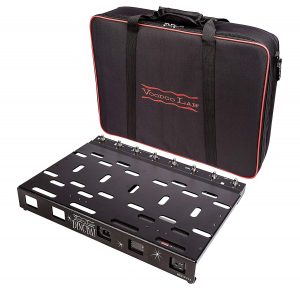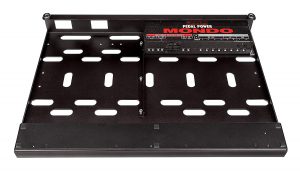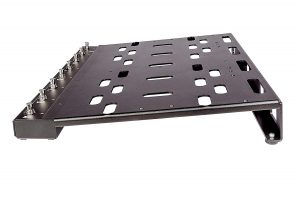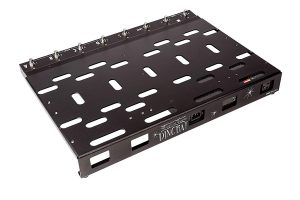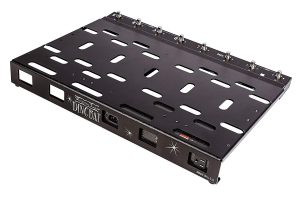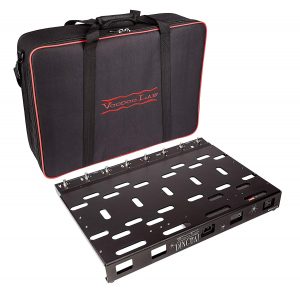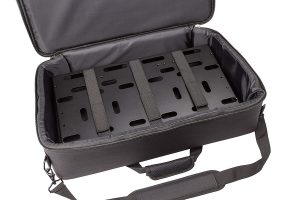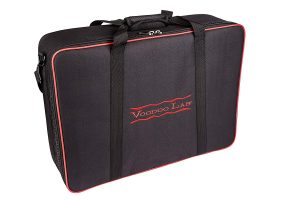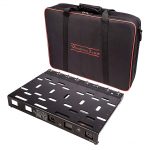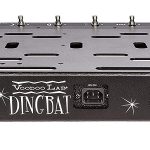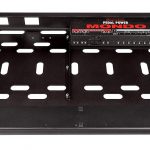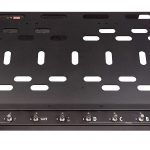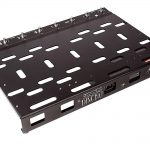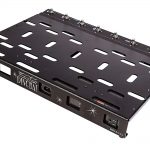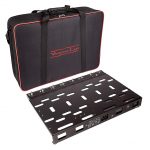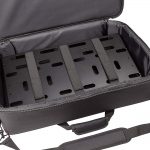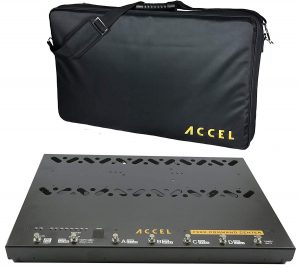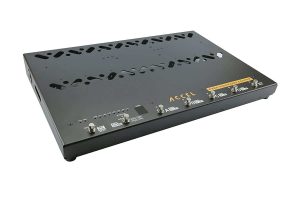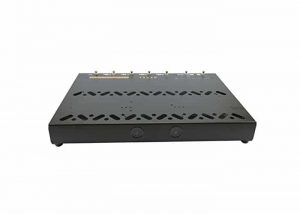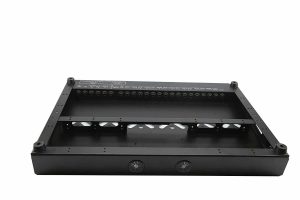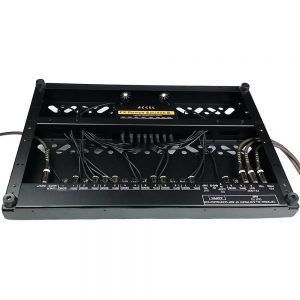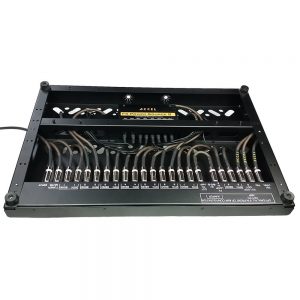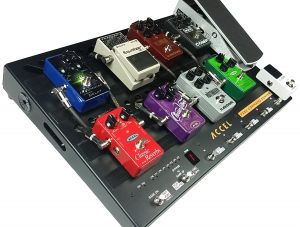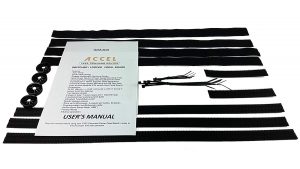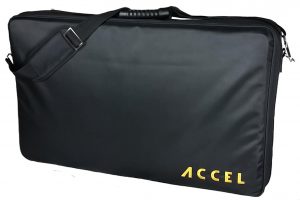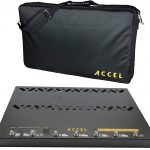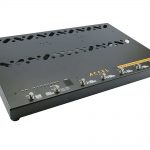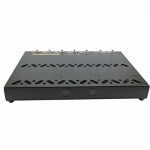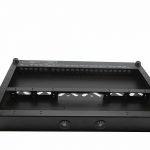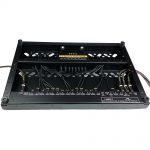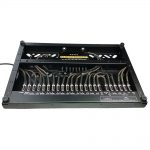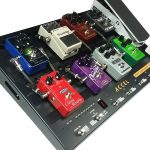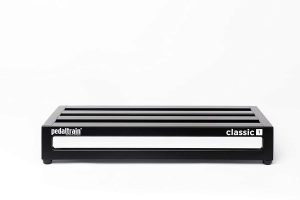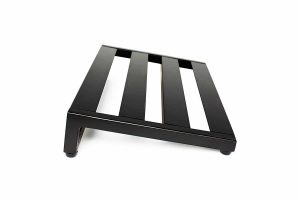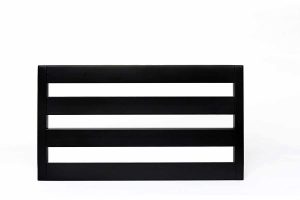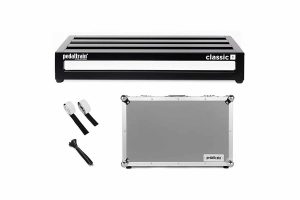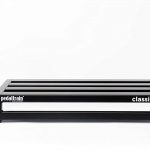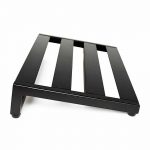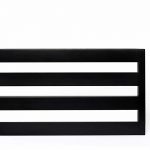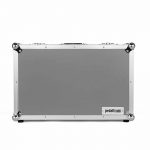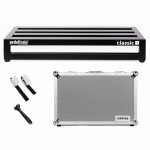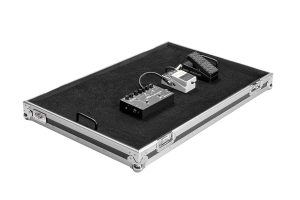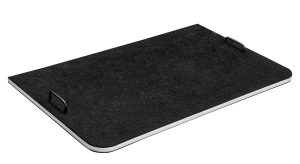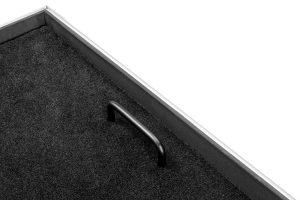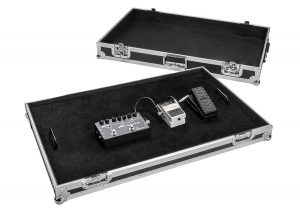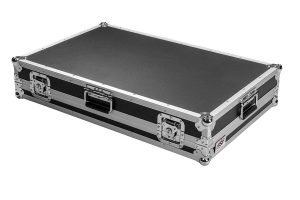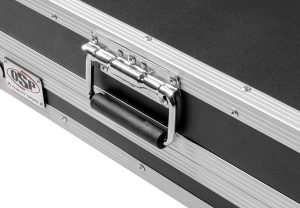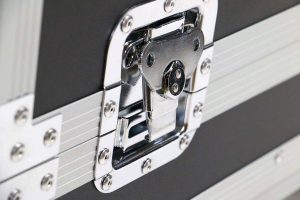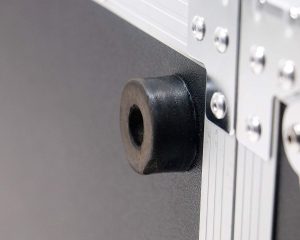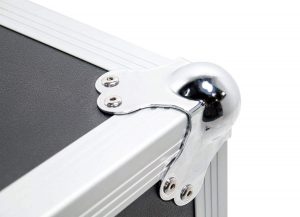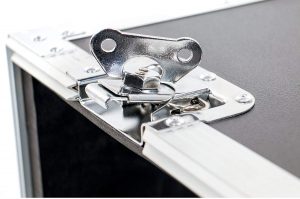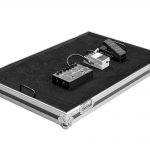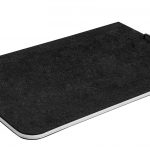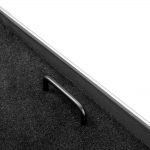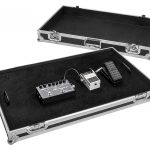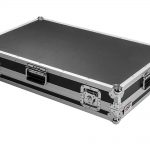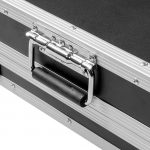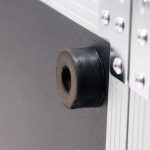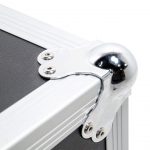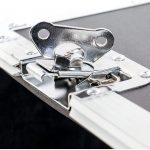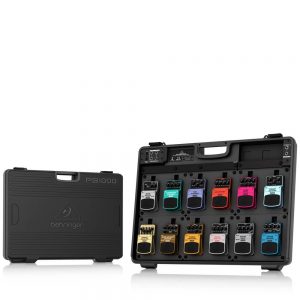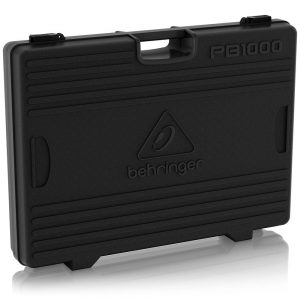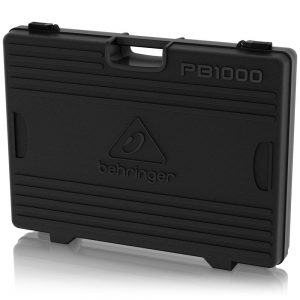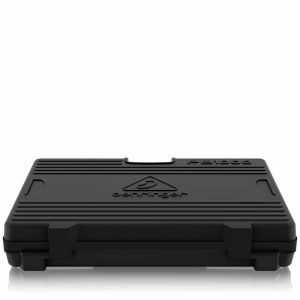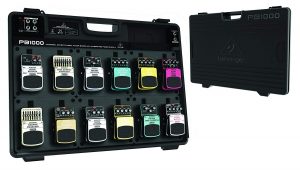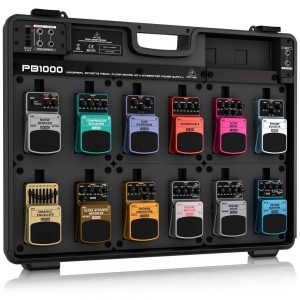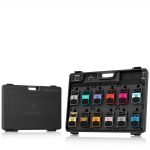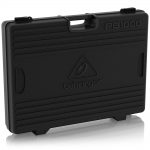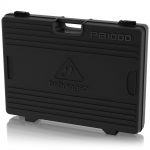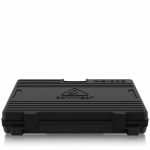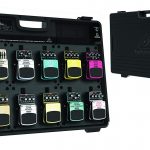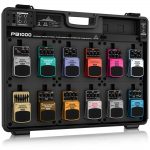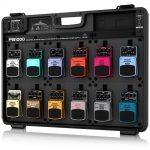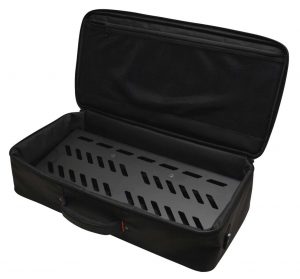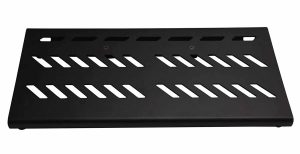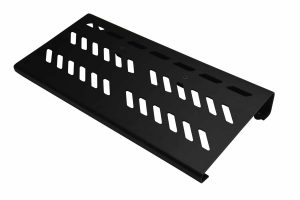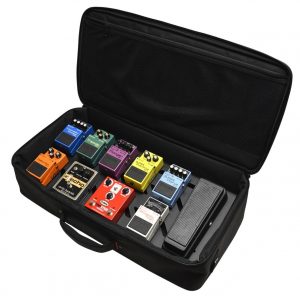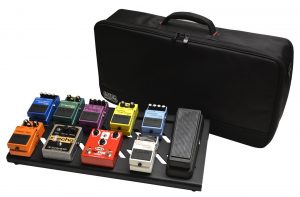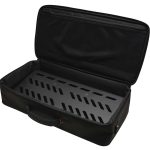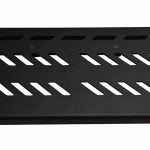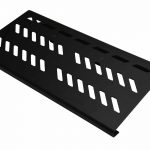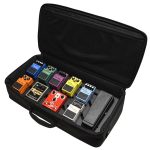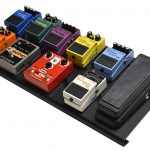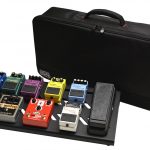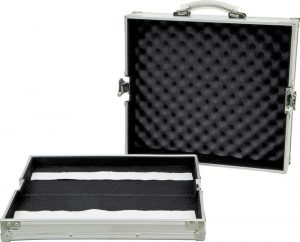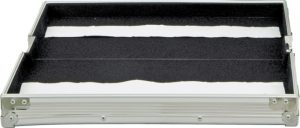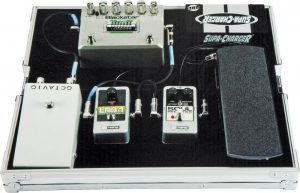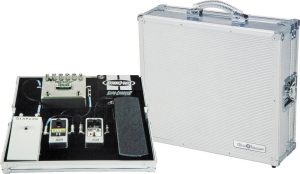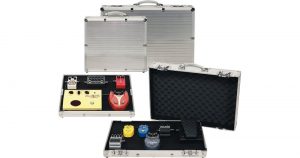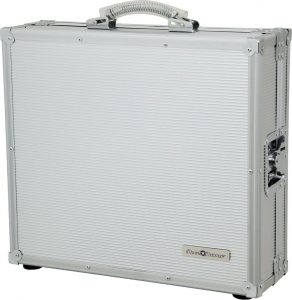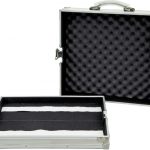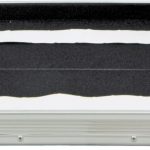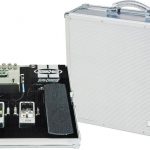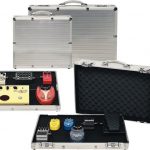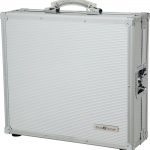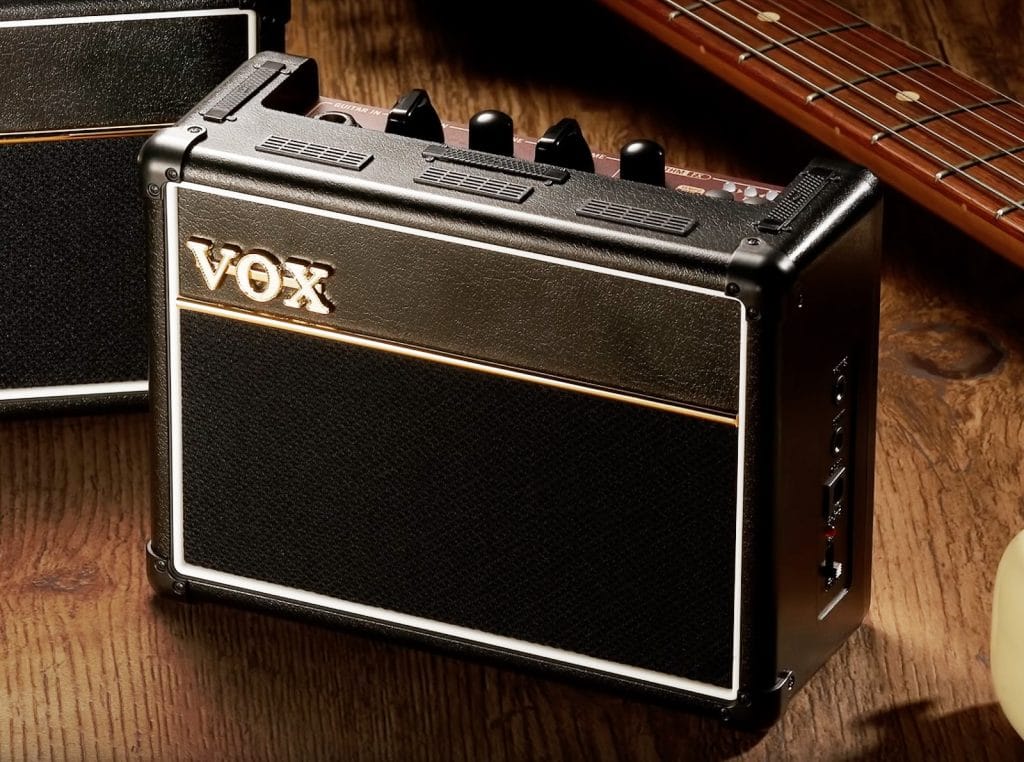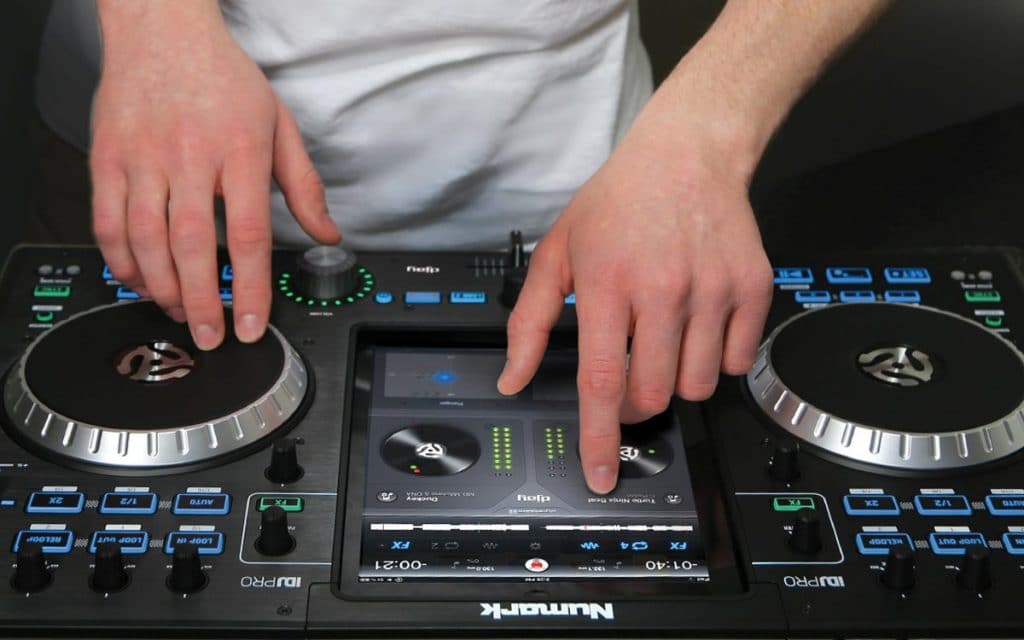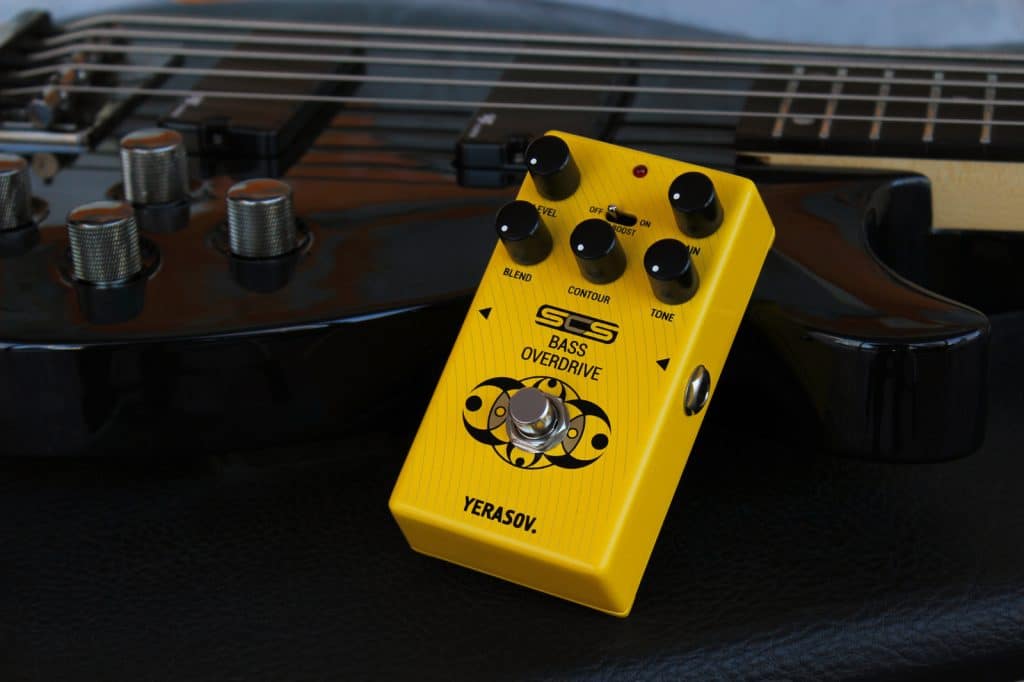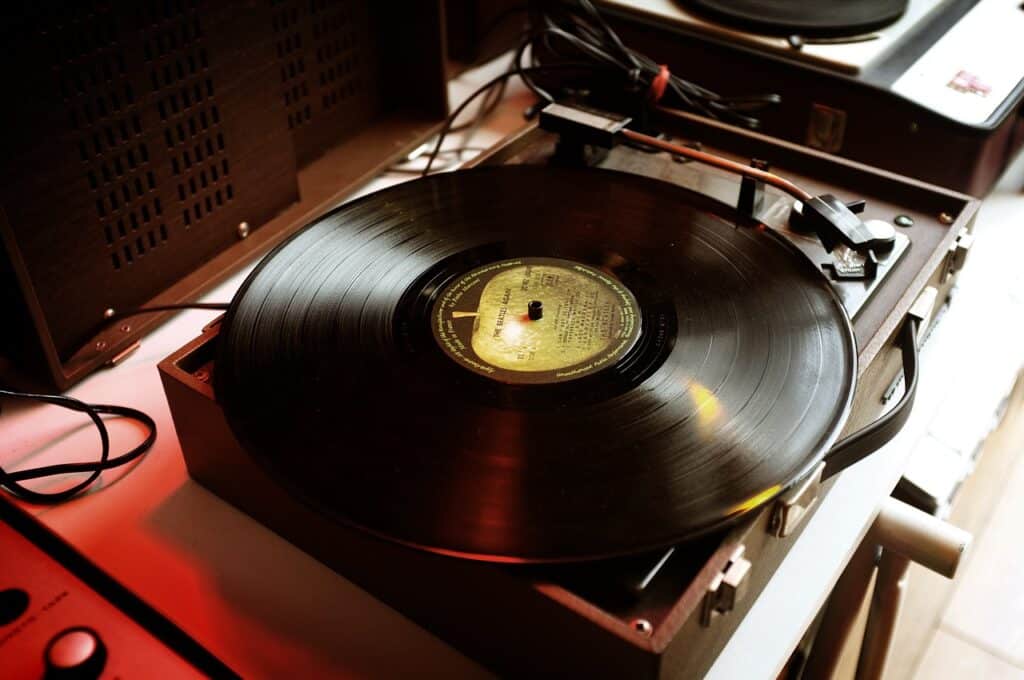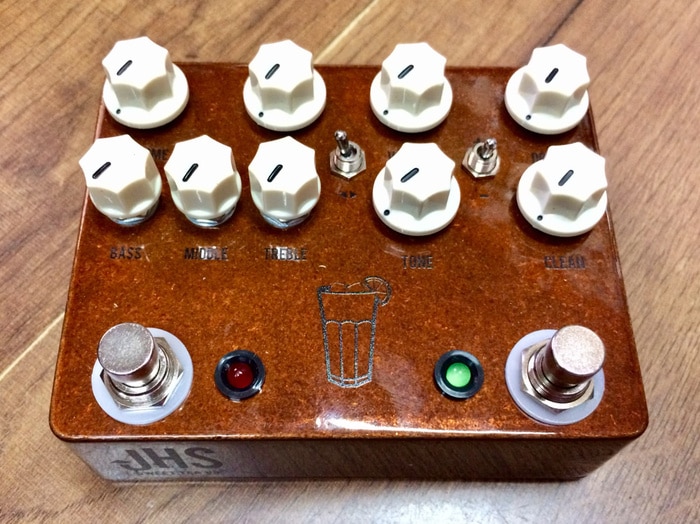Why you should buy a guitar pedal board
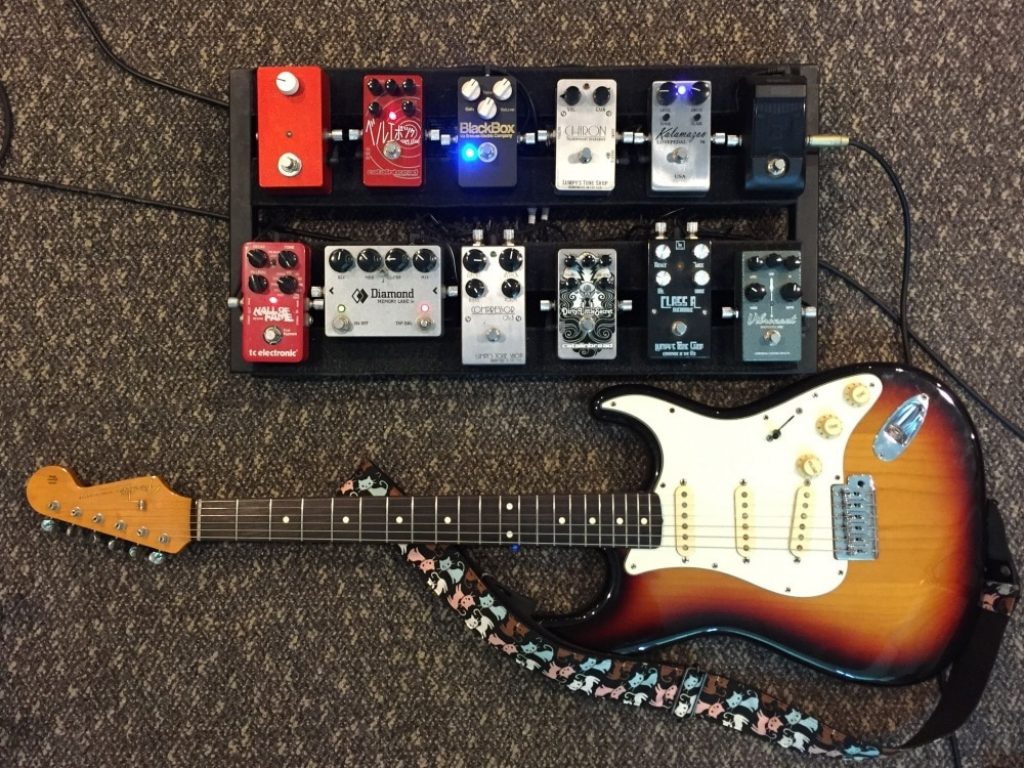
For guitarists, a pedal board has a variety of aspects to offer:
· Stability – No matter whether you have two or ten pedals, you will certainly appreciate having a secure surface where you can easily change the pedals without panicking about re-configuring. Accidentally kicking your pedals is commonplace for many guitarists, purchasing a pedal board prevents this from happening.
· Portability – Storing all of your pedals together in place will do wonders for transportation of your pedals. That includes those who do not play gigs, transporting pedals from your home to the studio or practice area is made easier with a compact pedal board.
· Versatility – As the market for pedal boards as grown, they now come in many shapes and sizes. If you are starting out small, you can easily upgrade to a larger one. In addition to online purchasing, pedal boards are available in many retail stores.
Tip on arranging your pedals on the board
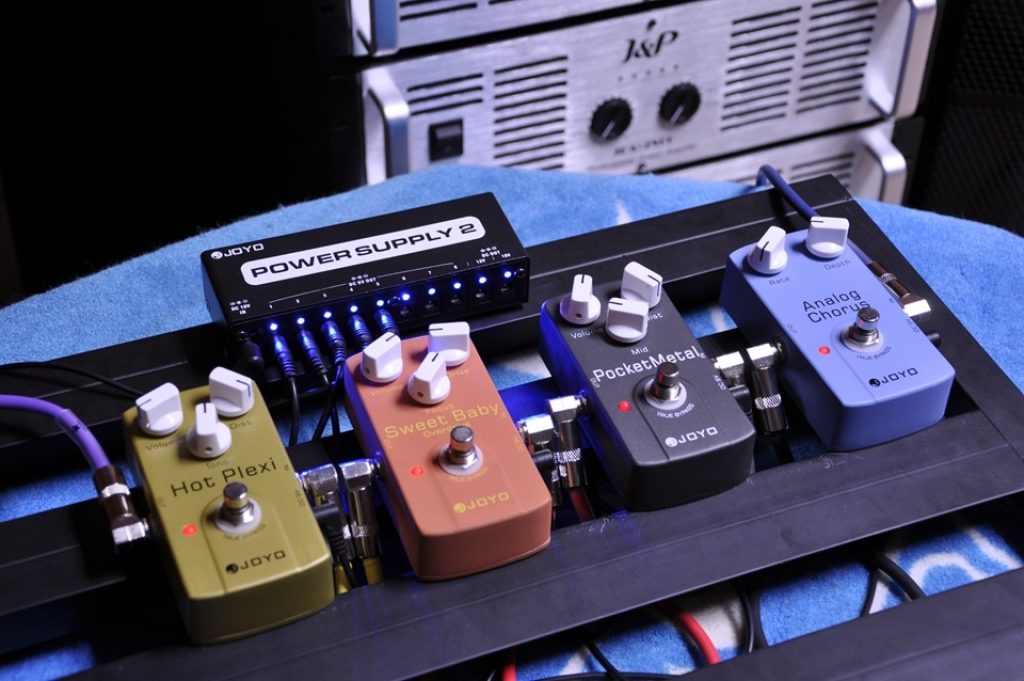
While pedal arrangement is ultimately down to personal preference, there are some well-known arrangements that you can seek guidance from. An example of how you can line-up your pedals is listed below:
1. Overdrive and gain-driven pedals first
Drive pedals to not just refer to the standard overdrive effect but anything in the same family of effects including distortion, fuzz and boost. These effects are put first on the line-up because distortion effects work best when they are located close to the guitar’s original clean signal.
This ensures that the overdrive and distortion effects will manipulate the purest form of sound, which is why it is very important to place these pedals first on your board.
2. Wah and EQ pedals second
Second in the pedal line-up should be the wah and equalizer pedals which operate best when working with the sonic signal created by overdrive pedals. The wah effect, in particular, is only powerful when it is accompanied by distortion. The EQ signal will also sound much brighter and wholesome when operated in tandem with overdrive.
If you are interested in using a compressor pedal to produce a more natural tone suited to rock music, this pedal should be located to the right of the EQ effects. If you prefer a country sound, this pedal is best placed at the far end of the board.
3. Modulation effects are third
Coming third on your groups of pedals on your pedal board are the “modulation effects”. This grouping of effects incorporates chorus, phaser, flanger and vibrato pedals. Their location as a third grouping on the pedal board is due to the fact that they are richer effects when placed after overdrive effects.
It is common knowledge that these pedals can overpower all other effects if they are placed at the end of the pedal chain. To avoid this potentially ruined sound, place the modulation effects before the end of the pedal chain.
4. Time-related effects at the end
Delay and reverb are also known as time-related effects. It is important that these effects are placed at the end of the pedal chain because the effect creates a more natural echo which dramatically enriches your sound.
Between reverb and delay, it is best practice to put reverb at the very end of your pedal board to ensure the natural echo. This effect can also be created from natural reverb that is built into your amplifier.
Price tag
Pedal boards have a great variety in price, ranging from $120 to $700. While the premium end may appear overwhelming, for players who use pedals regularly for gigs, that level of investment should be seen as a broader investment for the sound of your band. For those who are more part-time players, the cheaper options also give you a nice setup for your pedals.
Features to consider while buying the best guitar pedal board
This section discusses the specific aspects of a pedal board that you should consider before purchasing one for your own guitar needs.
Board material
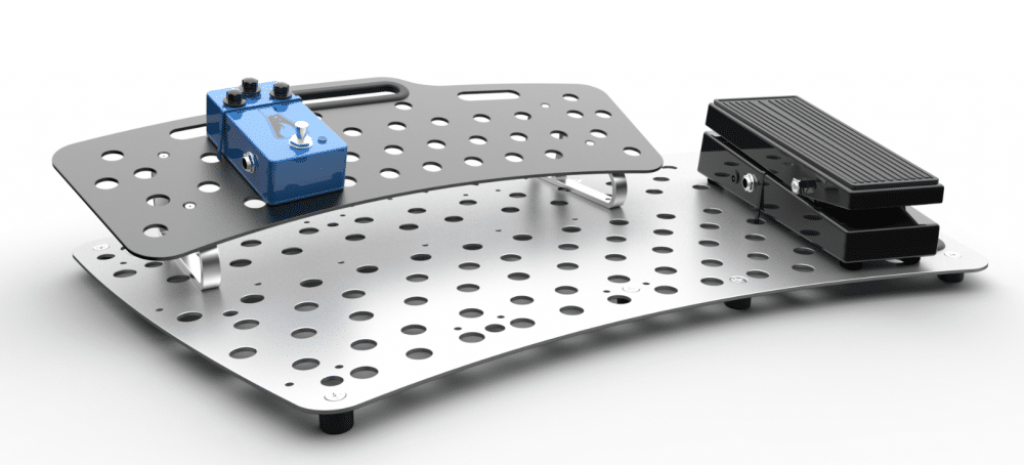
Plywood is a very popular choice of material for pedal boards because of its simple structure and practicality. A great aspect of plywood is its ability to be customized through making cuts, drilling holes and adding extra elements to the surface.
Aluminum pedal boards are also increasing in popularity because they are lighter and a bit more robust than plywood. They are ideal for players who are regularly gigging and constantly on the move.
Plastic boards are normally the most affordable pedal boards available in the market, they are sturdy but tend to be heavier than aluminum pedal boards.
Pedal board size
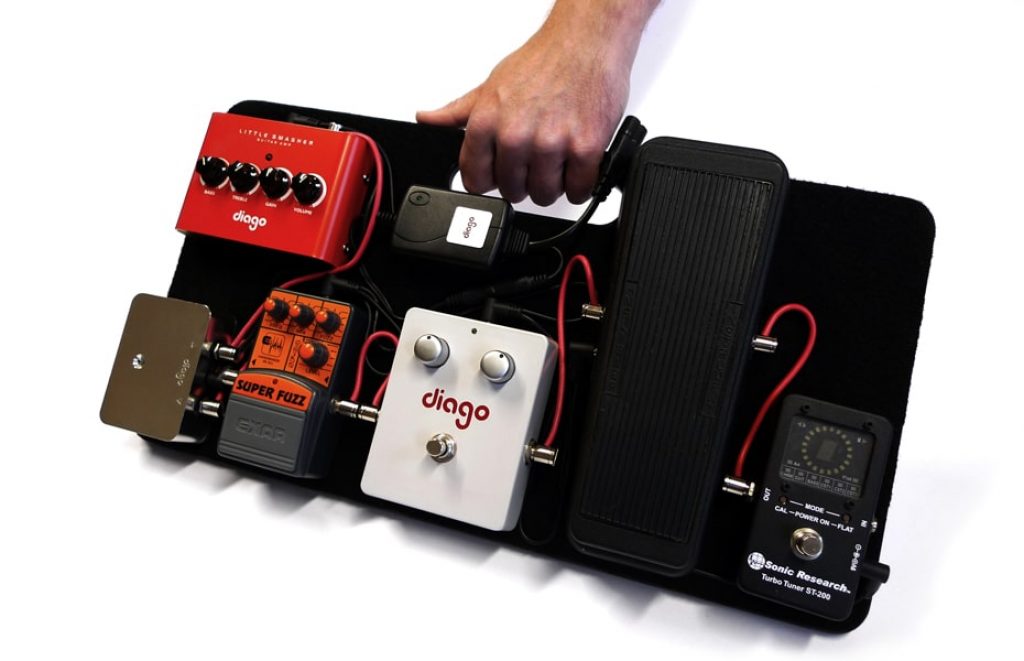
The standard size of a pedal board is 3″ x 5″ of space. This may be too small or larger for your needs, it is completely down to personal preference and the number of pedals that you own. If you own pedals are radically different sizes and shapes, this could also impact the size of board that you wish to purchase. When looking at product reviews, always take note of the (W x D x H) to get a decent idea for the size of the product.
In addition to the pedal, the patch cables are also an aspect you should consider when deciding on the size of the pedal board as they are known for taking up a lot of space. The difference in size also means a significant difference in weight. You don’t want to purchase a pedal board that is impossibly heavy to carry.
Power supply
Some manufacturers of pedal boards include a power supply into the pedal board such as the Behringer PB1000, while others have an external power supply unit that is attached to the board. The ultimate goal of the power supply is to have sufficient power for the pedals that you are using.
Unfortunately, not all pedal manufacturers follow the standard 9V power supply, with some requiring 12V or 8V. It is important to be aware that using the wrong power supply could damage your pedal, it is essential that you check the respective power supplies of your pedals before purchasing them.
Case quality
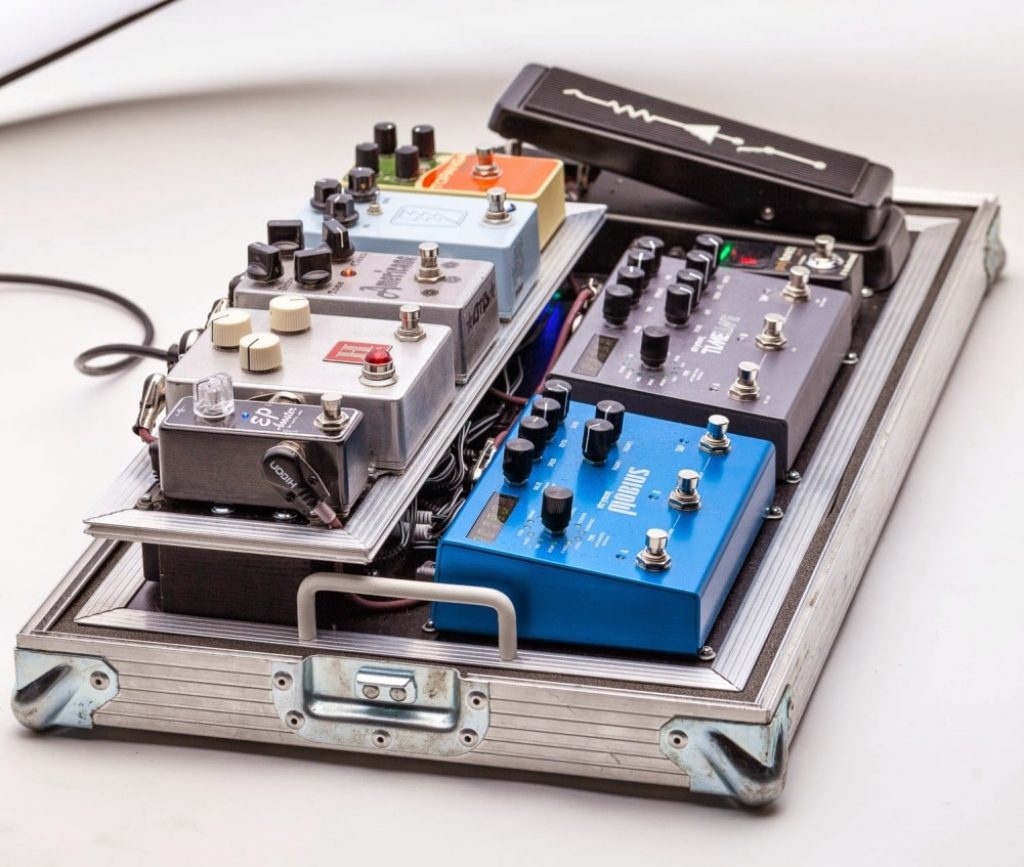
Pedal boards can be annoying because they also require a case. However, most products such as the Pedaltrain Classic 1 TC, come with a soft or hard case included in the price. It is worth checking that this is the case with the pedal board you are interested in purchasing.
Soft cases tend to be lighter and easier to lift whereas harder cases significantly heavier but offer a stronger guarantee of protection of your pedal board.
Accessories included
Additional bits of equipment are necessary to operate a guitar pedal board, luckily many products include these accessories as part of the purchasing offer. Additional accessories to look out for include small cables to connect the pedals, a power adapter as well as the important connector cables to go from the pedal board to the guitar and to the amp.
When reading the product features, make sure you check out whether the pedal board of interest contains any of these features. Most products will include the adapter whereas small cables are less common in being included with the product.
Compared to other musical items however, extra accessories required for a guitar pedal board are minimal and actually quite affordable. Do not get up to worried if these accessories are not included as they can be easily sourced elsewhere at an affordable price.
Profile
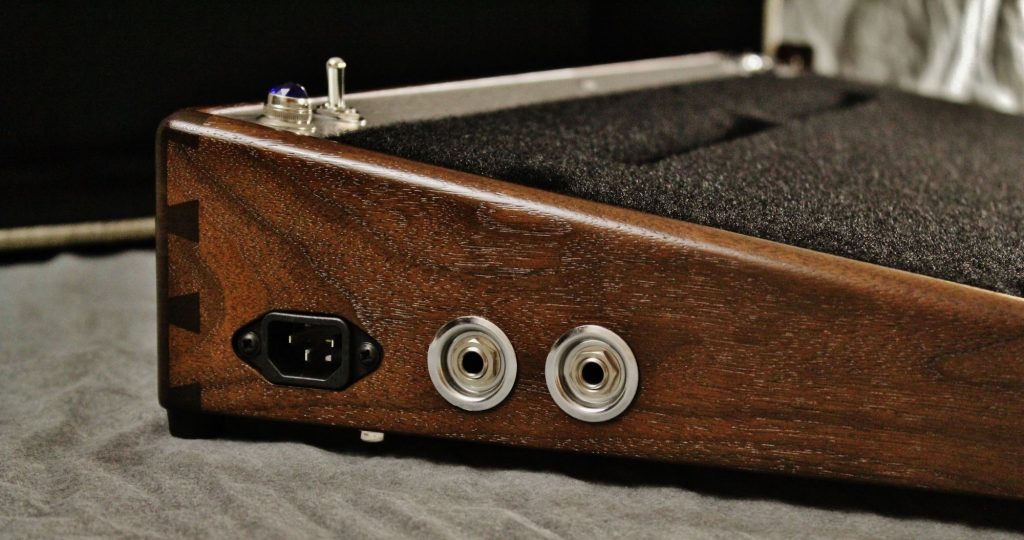
Pedal boards are available as either flat or angled in design. Flat pedal boards are much easier to store whereas angled pedal boards such as the Gator GPB-BAK-1 offer players easier access to the pedals and increased storage capacity.
Is it user-friendly?
This is an important consideration. Although some pedal boards are able to pack a large number of pedals onto the board, in some cases these pedals are really closely fitted together, increasing the chances of accidentally pressing the wrong pedal. It is important that whatever pedal board you choose, the pedals are nicely separated from each other.
Angled pedal boards are often considered more user-friendly, as guitarists who are standing up have much easier visual access to the board. Find the right-angled pedal board that fits your foot size.
The pedal board must also meet your power supply needs, otherwise, you will be wasting money. Check the power supply of your pedals before purchasing a pedal board.
Sound quality
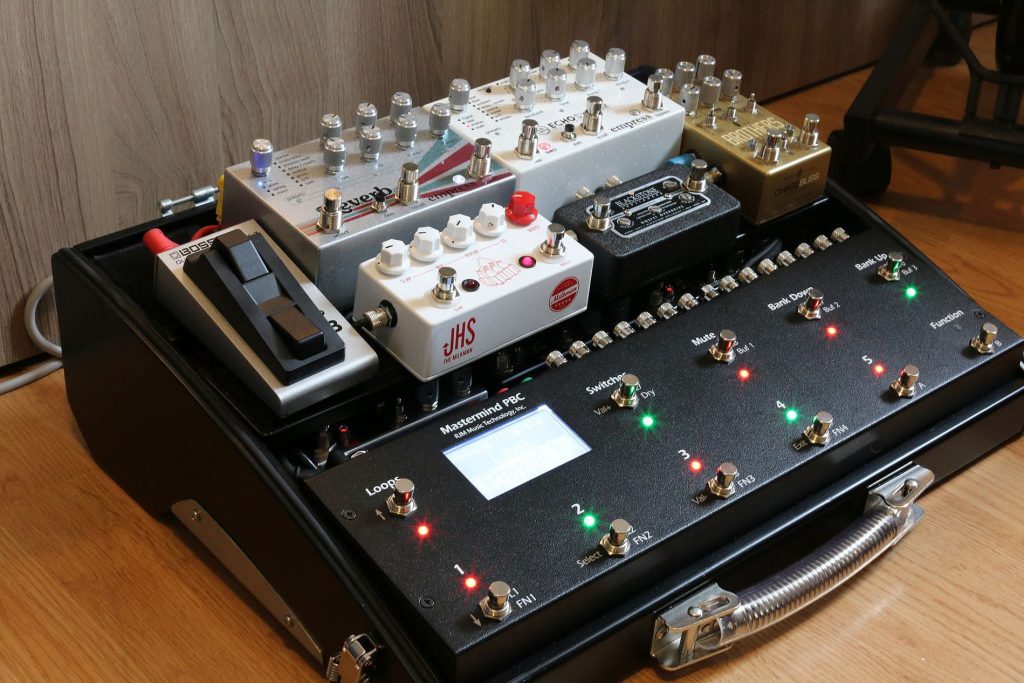
It is common knowledge among guitarists that adding more pedals to your pedal board will increase the chances of problems that can result in poorer sound quality.
Some suggest a solution to this would be to use true-bypass pedals that send a signal straight to the input jack that bypasses the circuits of other pedals. However, if you use too many true-bypass pedals, you may lose out on much of the high-end sound due to the excessive cabling.
Buffers are another alternative to circumvent the issues arising from having many pedals on a pedal board. However, these accessories tend to add a significant cost to the original pedal board investment.
Ultimately, it is a balancing game achieved through trial and error. Start with a smaller number of pedals and work your way up to achieve the best quality sound.
Warranty
Check to see on whether the pedal board you are interested in purchasing has a warranty agreement. These agreements can be really important in protecting you against any issues with the product, as well as giving you flexibility.






